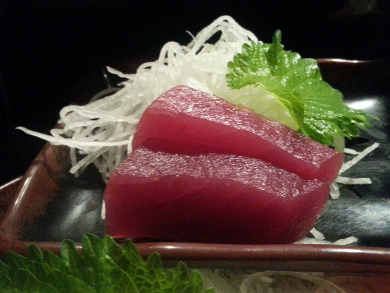Especially for fish and meat, increased concentrations of biogenic amines (BAs) in the vapour phase of packaged foods indicates a lack of freshness. Recent work on colorimetric sensory materials for nitro-explosives – based on polymers containing amino sensing motifs – made José M. García, Jesús L. Pablos, and their co-workers, Universidad de Burgos, Spain, think the other way round: How about looking at the recognition of BAs with the naked eye based on polymers that contain trinitrobenzene (TNB) subunits?
By using two different methods, either flash polymerization at unusually high temperatures or chemical modification of a parent polymer, the researchers managed to incorporate TNB into the polymer structure of transparent films and coated textiles. This can be used in smart labels that respond with a color change in presence of amines. The color change comes from the Meisenheimer complexes formed between the TNB units and the amines. The team demonstrated the use of these sensory materials in the visual indication of the spoilage of samples of tray-packaged fresh food, such as fish and meat.
- Solid Polymer Substrates and Coated Fibers Containing 2,4,6-Trinitrobenzene Motifs as Smart Labels for the Visual Detection of Biogenic Amine Vapors,
Jesús L. Pablos, Saúl Vallejos, Asunción Muñoz, María J. Rojo, Felipe Serna, Félix C. García, José M. García,
Chem. Eur. J. 2015.
DOI: 10.1002/chem.201501365




